Coal Reserves in Pakistan
In Pakistan and the remainder of South Asia, coal was first mined in the 1880s and utilized by British-owned railroad firms during the victorian era. From freedom until the 1952 discovery of the Sui gas field in Baluchistan and the 1964 finding of the Toot oilfield, post-colonial Pakistan utilized coal to fuel its economy. Pakistan is full of other natural resources as well.
After being converted into coal fuel, charcoal is a comparatively hard, less sulfurous coal primarily burned on home fires. Bitumen is a powder material that is found in bituminous coal. Sub-bituminous coal is utilized mainly as a source of fuel for the production of steam-electric power and has qualities that vary from lowland to bituminous coal. It will be used to fuel Pakistani concrete factories and power plants.
What is a Coal?
A solid carbon-rich substance that is typically brown or black and perhaps most frequently found in layered rock layers, coal is one of the most significant primary carbon fuels.
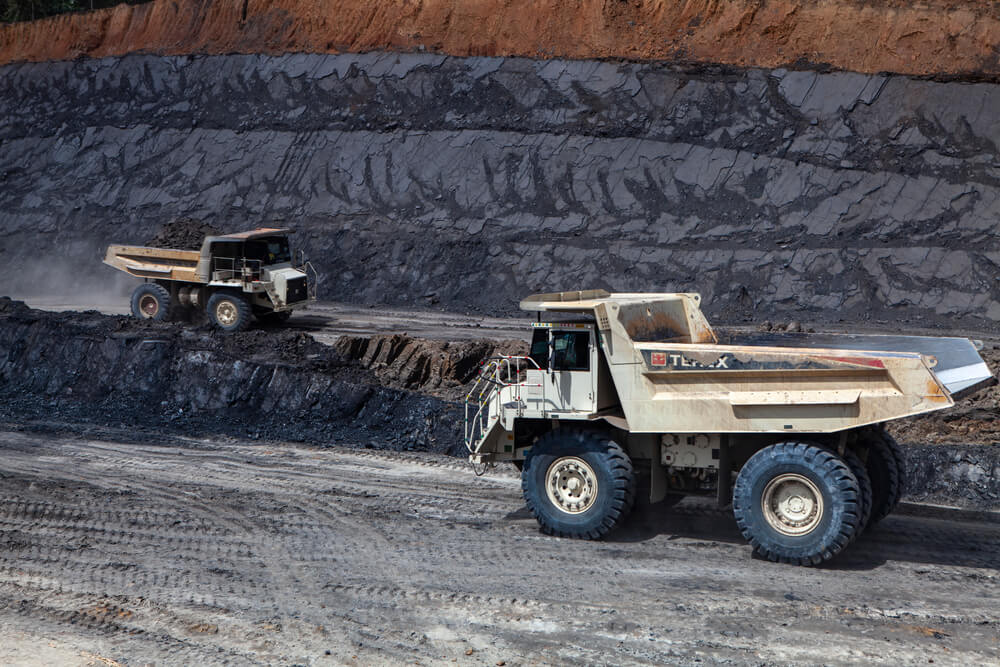
When a substance is classified as coal, it must include more than 50% by mass (or 70% by area) carbon-containing matter created when modified plant remnants, specifically peat layers, are compacted and hardened. Various types of plant matter (coal type), levels of coal (coal rank), and types of pollutants result in different sorts of coal (coal grade).
Even though most coals are found in segregated sandstones, these deposits are sometimes exposed to extreme pressures and temperatures due to volcanic rocks or deflections during orogeny, which is the method of producing mountains. This causes brown coal and even carbon fibers to form. Although the quantity of carbon in the Earth’s crust is only 0.1 percent by weight, it is essential for life and the world’s primary energy source.
Formation of Coal
Coal first forms in marshy swamps where the water depth is close to or above the soil. As a result, the local plant creates organic compounds quickly—in fact, more rapidly than it can degrade. Organic material accumulates in these places in layers that are eventually buried. These biological material layers go on to make coal. The energy within coal is primarily solar energy that extinct plants have captured.
Process
Depending on the facilities and settings, the coal production method differs slightly from place to place, but the general procedure is the same. Peatification and coalification are the two primary steps in the creation of coal. The principal method through which peat is produced during peatification is microbial activity. Coalification is primarily caused by rising pressure and temperature brought on by burying. The forms below are used to create coal:
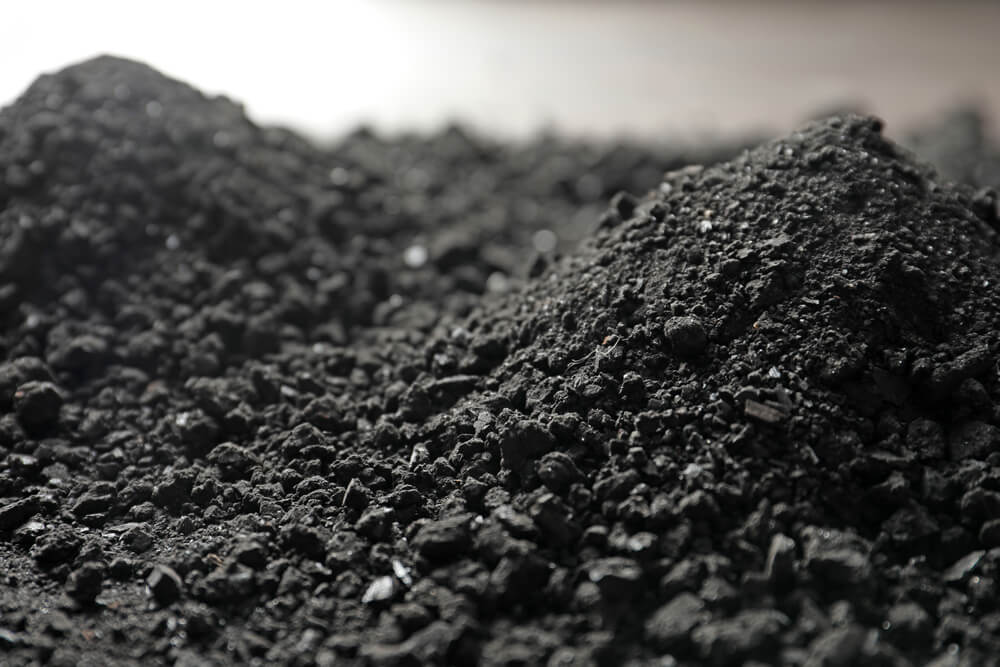
· In marshes and wallows, dead plant material like fronds, plants, tendrils, trees, and algae builds up on the surface. Bacteria first break down the organic material, producing methane and carbon monoxide.
· Plant material is buried so that it is no more visible to the air. The substance is subsequently put into decomposition by anaerobic bacteria. Peat, or partially decomposed plant material, can gather and be buried for tens of thousands of years, generating meters of peat.
· When peat is thoroughly sunk, the increasing pressure squeezes out water and other chemicals, forming lignite; the lowest mark of lignite poor-grade coal is changed into better “black coals” through further burial, which raises pressures and temperatures. Sub-bituminous coal is created from lignite first, followed by bitumen, coal, and then the best, anthracite coal. The quantity of water, as well as other chemicals in the coal, reduces as these changes occur, and the coal gets denser, and an increasing carbon percentage follows this.
Coal Resources of Pakistan
Although Pakistan had coal reserves before freedom, the implication of the results was first brought to light in 1980 when significant mineral reserves were found in the Lakhra and Sonda regions of Sindh Province. Pakistan’s coal supplies have significantly increased due to the identification of another enormous coal deposit in the Tharparkar District of Sindh, which covers 10,000 square kilometers and contains 175.5 billion tons of coal.
Due to this finding, Pakistan is currently the sixth-richest nation on the planet regarding coal resources. Before the discovery of Thar Coal, Pakistan did not even figure on the list of coal-rich countries. Pakistan has access to coal resources in all four provinces and AJK. The segment describes coal deposits as 185.5 billion tons.
Sindh Coal Resources
Pakistan’s Sindh Region is situated in the country’s southern region. At Lakhra, a town on the west side of the Indus in district Dadu, Baloch tribespeople reportedly hit a coal seam 2.43 meters thick at a depth of 125 meters when drilling a well for groundwater. This happened when coal was first discovered in Sindh. In drilled holes in Lakhra in search of oil, Burmah Oil Company in 1948 and Pak Hunt International in 1953 found the existence of coal. In 1959, Habibullah Mines Ltd. began extracting coal for profit in Lakhra.
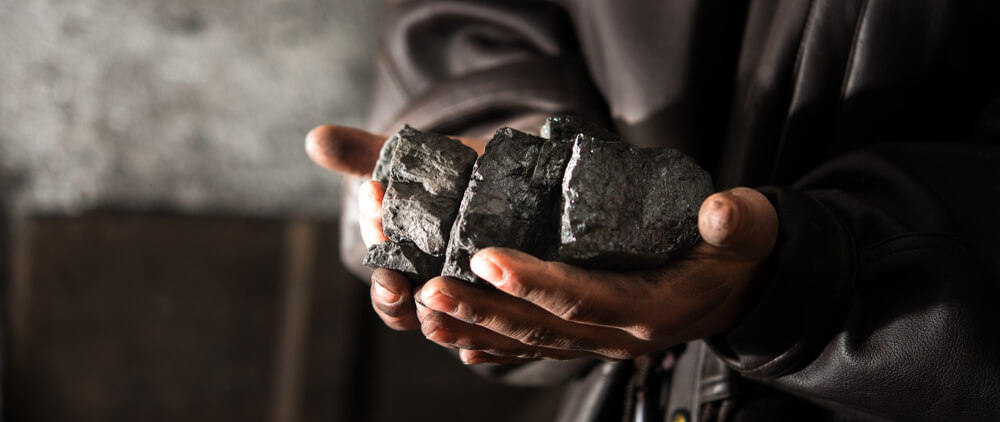
In the southeast of Sindh is where you’ll find the Thar coalfield. The British External Development Agency (ODA), in collaboration with the Sindh Arid Zone Development Authority (SAZDA), revealed the first hint of the occurrence of coal under the dunes of the Thar Desert while digging water wells in 1991. The Thar coalfield, located in the Tharparkar Desert, spans an area of 9000 square kilometers and has a potentiality of 175.5 billion tons of coal. There are 1,620 million tons of recoverable coal reserves, according to estimates. Resilient dunes dominate the coal-bearing region.
Punjab Coal Resources
The Salt Range and Makarwal contain the majority of Punjab’s coalfields. A total of 235 million tons of coal are thought to be available, of which 33 million tons can be mined. The heating value of sub-bituminous coal from Punjab varies from 9,472 to 15,801 Btu/lb. It is considered suitable for energy production because it has high sulfur content and little waste.
In the Punjabi Sargodha and Jhelum Districts, between Khushab, Dandot, and Khewra, the Salt-Range coalfield spans around 260 square kilometers. Salt-Range coal has about 213 million tons of proven reserves, of which 30 million tons may be mined. The Salt Range contains more than two coal seams, although only one is typically mineable. Its thickness ranges from 0.3 to 1.5 meters, with an average depth of 0.75 meters. Based on Salt-Range coal, small power plants up to 80 MW can be constructed. Sub-bituminous coal is ideal for energy production and has a decent mark.
Balochistan Coal Resources
Balochistan contains a lot of coalfields. Nevertheless, Sor-Range/Degari, Khost/Sharigh/Harnai/Ziarat, Mach, and Duki are the central coalfields. There are approximately 217 million tons of coal deposits, of which 32 tons were considered to be extractable. Coal deposits can be between 0.3 and 2.3 meters thick. Sub-bituminous to bituminous is how Balochistan coal is categorized, and it has a thermal efficiency of 9,637 to 15,499 Btu/lb. It is suitable for electricity production since it has high sulfur and low ash content. Each coalfield can support up to 25 MW of small power units.
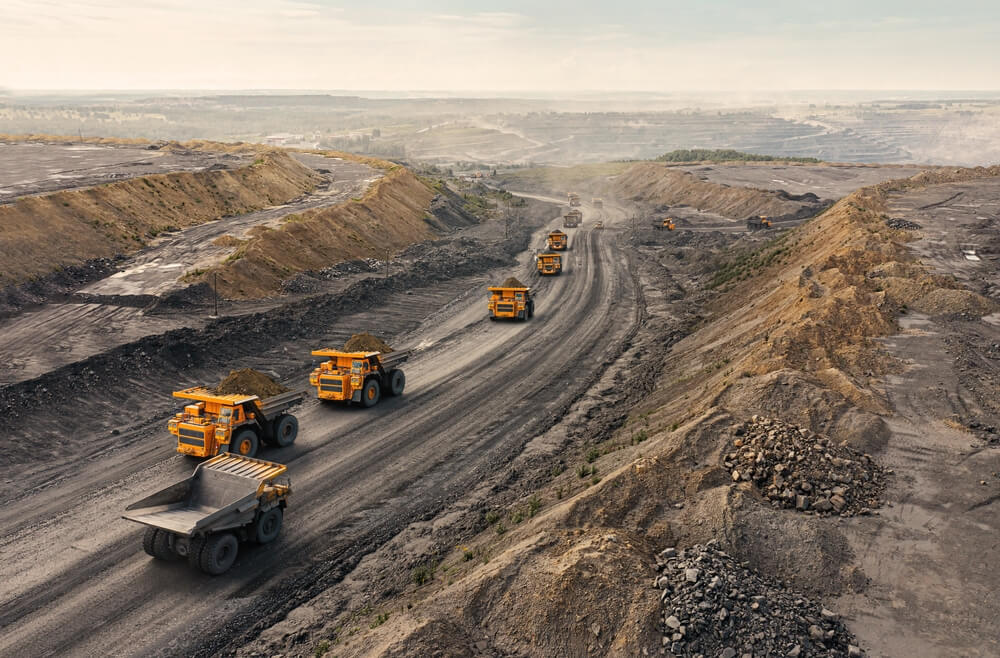
The Sor-Range and Degari coalfields are about 12 km south of Quetta and occupy a territory of roughly 50 sq. km. They continue southeast for a length of 26 km. The field’s southern part is referred to as Degari, and its north side is Sor-Range. The closest railheads for the Sor Range miners and the Degari mines are Spezand and Quetta, respectively. One of Balochistan’s biggest coal-producing mines is located here. A rail tracks road that rings the whole coalfield and connects to the Quetta-Sibi road near Spezand makes it possible to access the coalfield. A twofold diving symmetry sequence of layers is the structure that contains the coal.
NWFP Coal Resources
The NWFP coalfields have not yet been extensively investigated. It has two locations for its coal reserves: Hangu and Cherat. A total of 91 million tons of coal are thought to be present in Hangu and Cherat. The coal is considered sub-bituminous and has a thermal efficiency of 9,386 to 14,217 Btu per pound. It has little ash and little sulfur. The coal layers in the Cherat region are typically less than one meter thick, whereas the coal deposits in the Hangu area can be up to 3.5 meters thick.
Utilization of Pakistan’s Coal
· Utilization of Coal as a Fuel in Industry
The business is well aware of the value of coal as an economical energy and its function in several industrial uses. It costs less to fuel than other types. The intense output of the coal fire is a clear benefit in several commercial processes, such as brick kilns and glassware tanks.
· Gasification of Coal
Pakistan’s sharp increase in gas and oil costs significantly impacts electricity production. By employing gas made from domestic coal, IGCC power plants may compete competently.
· Cement
Coal is a common fuel source for cement production in several nations. Before recently, Pakistan’s cement production did not use domestic coal as a fuel source for its cement factory.
· Power generation:
Due to its large lignite reserves and suitability for power production, Pakistan must exploit its lignite reserves. The Thar coalfield’s thick coal seams can be mined for lignite utilizing open-cut methods and bucket wheel excavators. This extraction is highly prevalent in countries like Germany, Greece, Spain, Australia, and India.
Production of Coal
Production of primary coal in Pakistan in 2021 was 9,306 thousand short tons. Despite significant recent fluctuations, Pakistan’s primary coal production tends to rise from 2002 to 2021, reaching 9,306 thousand short tons in 2021.
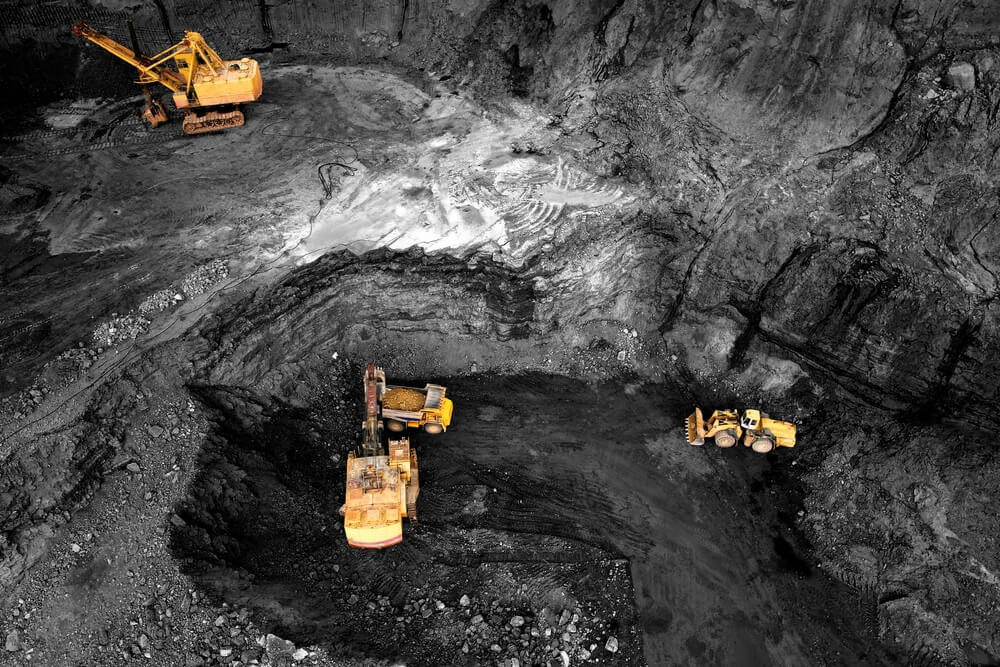
Consumption of Coal
Pakistan’s primary coal usage in 2021 was 29,254 thousand short tons. Pakistan’s immediate use of coal grew at a mean annual rate of 10.56%, from 5,390 thousand short tons in 2002 to 29,254 thousand short tons in 2021.
Proposed Coal Plants in Pakistan
Jamshoro Power Generation Station
Once functional in 2023, the 1,320MW Jamshoro coal-fired power station in Jamshoro, Sindh Province, would be Pakistan’s first revolutionary nuclear plant.
The existing Jamshoro Thermal Power Station (JTPS) site in the northern section of Jamshoro will be used to build the new power plant. The location is roughly 150 miles from Karachi and 10 km from Hyderabad in Pakistan.
Jamshoro Power Company Limited (JPCL) is developing the project with a projected investment of $1.5 billion.
The project’s design, sourcing, and building (EPC) contractors were chosen by JPCL in March 2018. The plant is expected to be operational by the end of 2023.
Port Qasim Power Station
Located 37 kilometers southeast of Karachi, Pakistan, the Port Qasim power plant is a 1.32GW (2 x 660MW) supercritical coal-fired facility built for an estimated $2.085 billion.
Port Qasim Energy Company, which China’s Power Construction Corporation partly controls (51%), and Al-Mirqab Group (49%), runs the facility. Each company contributed $521 million.
Two 660MW supercritical units make up the coal power station. A furnace, steam generator, and engine are all part of each unit. A cyclical three-rotational system air pre-heater is a characteristic of the one-heating, once-through burner.
Gadani Power Park
In August 2013, the Pakistani government declared its intention to build a sizable electricity station with help from China, mainly in the form of technical and financial support. By the proposal, China would offer loan financing for 85% of the project’s cost. Pakistan’s government would arrange the remaining funds. The project cost PKR 144.6 billion in total.
At Gadani Power Park, ten coal units with 660 MW each would be built. China committed to invest in six of these; ANC Dubai would make two, and the Pakistani government would start the third. The Turkish Ciner Group has decided to immediately launch construction on a 660 MW coal power station at Gadani.
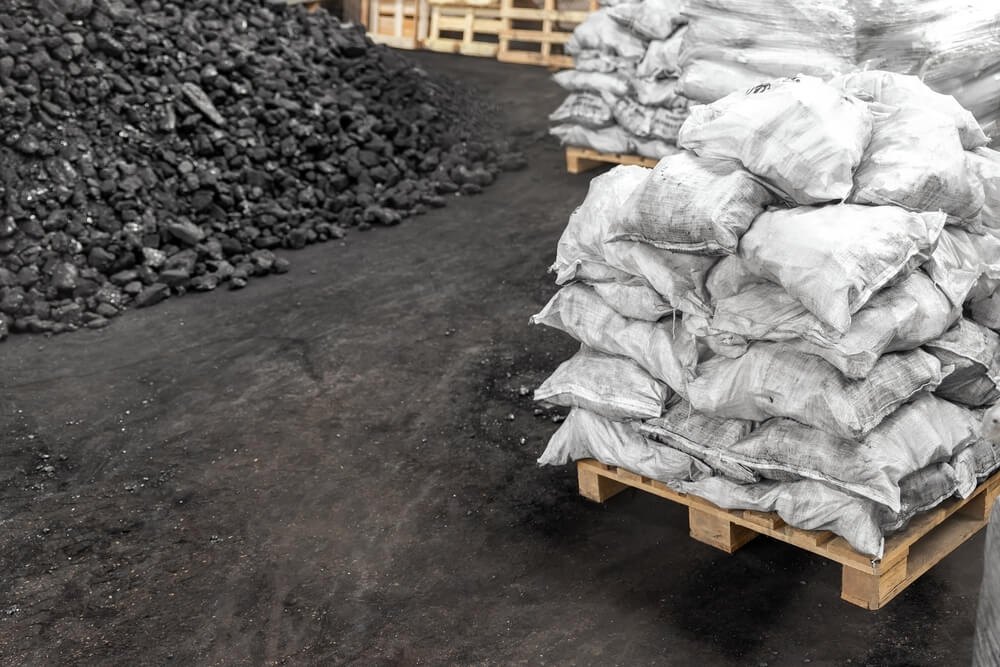
Eight of the ten electricity generation units will be held by the Pakistani administration and subsidized by the Chinese authorities. The remaining two will be owned by ANC Holdings, investing $2.5 billion. Pakistan Power Park Property Manager would be in charge of overseeing the complex. Additionally, the facility would have ash disposal systems, conveyor belts, store rooms, and refrigeration plants. A cutting-edge power supply system was also envisioned in the design to link the units to the national grid.
Pakistan Coal Exports
In August 2022, Pakistan’s coal and petroleum exports were estimated to be worth PKR 12,289,000,000. This represents an increase above the prior figure for July 2022 of 861.000 PKR million. Pakistan Exports: Petroleum & Coal data is updated monthly with 276 observations covering a period with an average value of 2,875.000 PKR million.
The statistics peaked in Sep 2013 at 36,577.000 PKR million and fell to a record low in Oct 2012 of 2.000 PKR million. Pakistan Bureau of Statistics continues to report Pakistan Exports: Petroleum & Coal data, which has an active status in CEIC.
Power Generation Potential of Indigenous Coal Resources
Sindh is where Pakistan’s primary domestic coal resources are located. The Thar Desert of Sindh contains the most significant deposit, 175 billion tons of lignite coal. Thar coal has not yet been researched or developed for mining or power production. Additionally, lignite coal deposits can be found in Sindh’s Lakhra, Sonda, Indus East, and other coalfields.
The Lakhra coal seam has undergone extensive research and development. Coal is being extracted from Lakhra by several state and commercial mining firms. The suitability of Lakhra coal for the production of electricity has been established. WAPDA now uses Lakhra coal to run a 150 MW FBC plant. Sindh’s Sonda and other coalfields have not yet been explored or exploited.
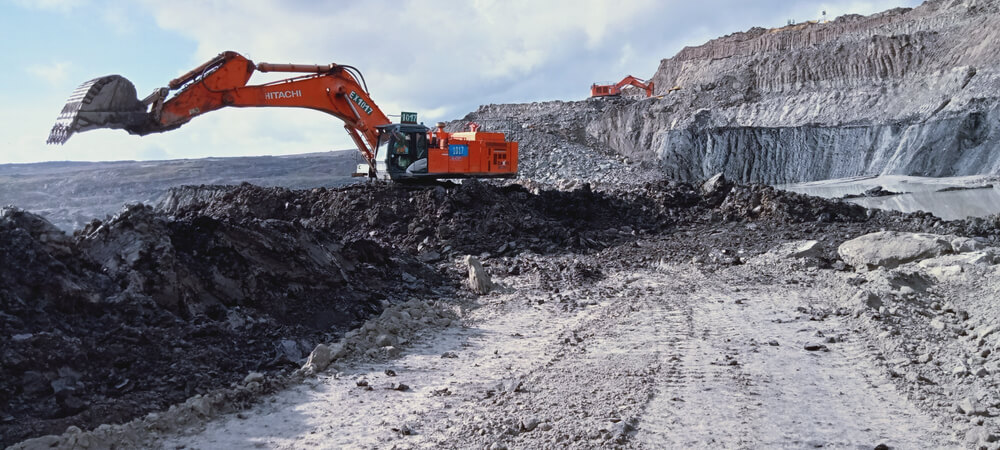
Coal has been constantly mined in Balochistan and Punjab since before freedom. There are several coalfields in Balochistan and Punjab that are regarded as ideal for the production of sub-bituminous coal of high quality. AJK and NWFP both have a few tiny coal reserves that are being exploited on a very modest basis.
Sindh
Thar: 100,000 MW 536.00
Lakhra:1,000 MW 4.60
Sonda: 500 MW 2.30
Balochistan
Sor- Range-Degari: 50 MW 0.13
Sharigh-Khost: 50 MW 0.13
Mach: 25 MW 0.06
Duki: 25 MW 0.06
Punjab
Salt-Range: 80 MW 0.35
Makarwal: 50 MW 0.13
NWFP
Hangu/Cherat: 10 MW 0.03
Interesting Facts about Coal Reserves in Pakistan
· As of 2016, Pakistan consumed 10,199,674 Tons (short tons, “st”) of coal annually.
· Pakistan is ranked 38th in the world for coal usage, using around 0.9% of the overall 1,139,471,430 tons consumed worldwide.
· Based on the 203,631,353 inhabitants in 2016, Pakistan utilizes 137 cubic feet of coal per person per day or 50,089 cubic feet per person annually.
· Pakistan produces 4,506,243.28 short tons (st) of coal annually as of 2016, ranking 34th in the world; nevertheless, 70% of Pakistan’s coal needs are imported (7,107,638 tons in 2016). Coal is one of the most important natural reserves used to produce electricity. However, the rapidly depleting resources of coal have led to importing coal, which is why the country is facing a steep price hike for electricity.
FAQ
Which type of coal is found in Thar?
One of the world’s most significant undeveloped coal resources is located in Sindh province’s Thar desert, which has 175 billion tons of lignite coal. It is also one of the world’s most populous deserts and is home to endangered species and world-heritage sites. The 1.6 million residents of the Thar desert region, most of whom live in poverty and are highly susceptible to catastrophic weather disasters. 25% of the population resides inside the coal development area under consideration. They believed they would get something, but that hasn’t happened.
What is the price of coal in Pakistan?
The price of coal:
Anthracite coal, PKR/MT: 32475
Coal 5,500 kcal, PKR/MT: 29523
Coal 5,000 kcal, PKR/MT: 23028
Coal 4,500 kcal, PKR/MT: 23028
How is electricity made from coal?
Black or brownish-black sandstone, known as coal, can be burned to generate power. The majority of its constituents are carbon and hydrocarbons, which can emit photons when burned.
Coal is burned to create steam, then used to make power at coal-fired power stations. Under extreme pressure, the steam generated enters a turbine, which turns a generator to provide energy. To restart the process, the vapor is chilled, compressed into the water, and fed back into the burner.
